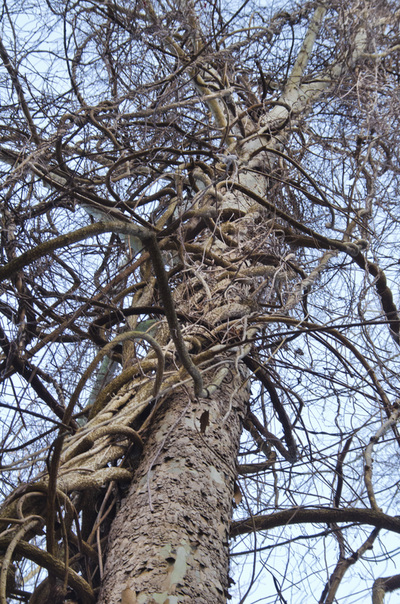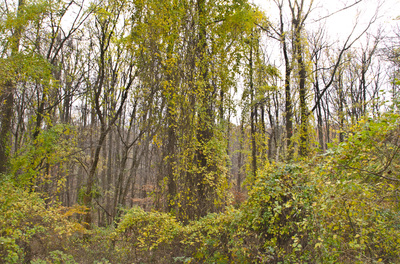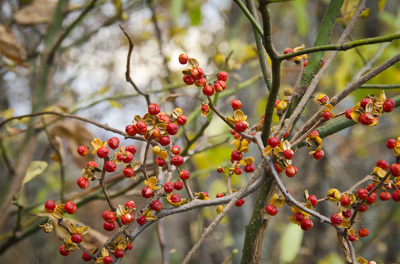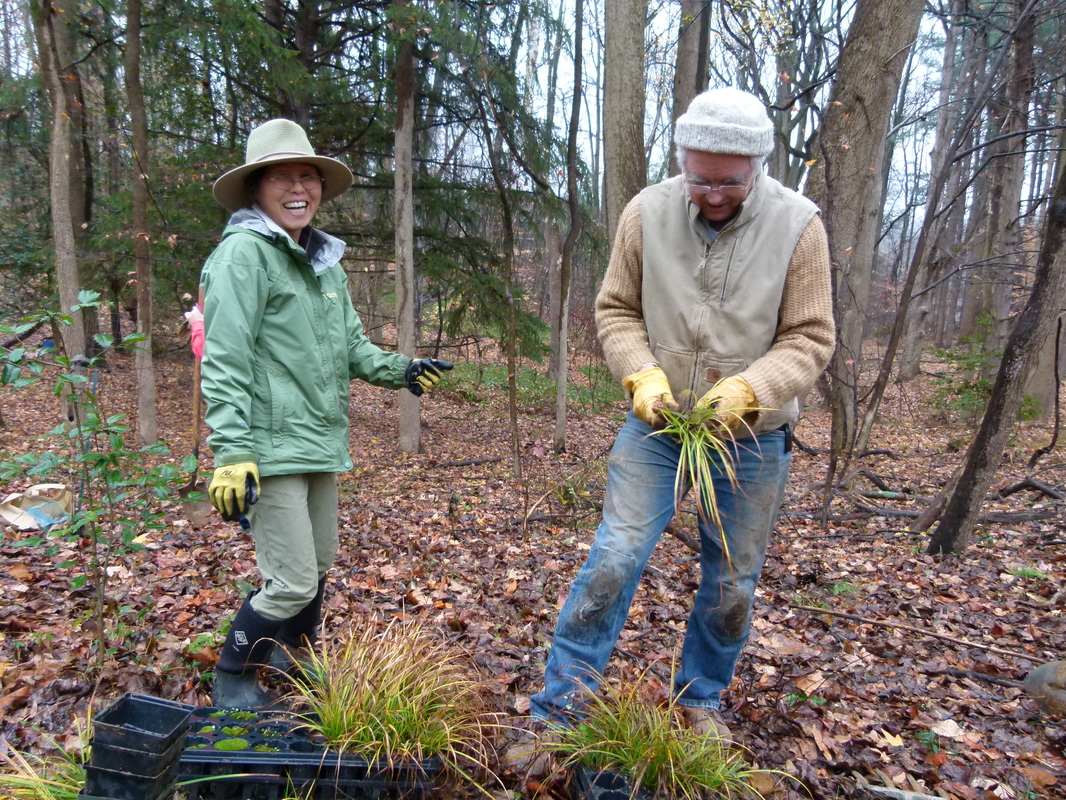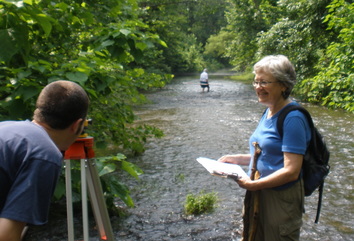Junior Master Naturalists Growing in Tidewater
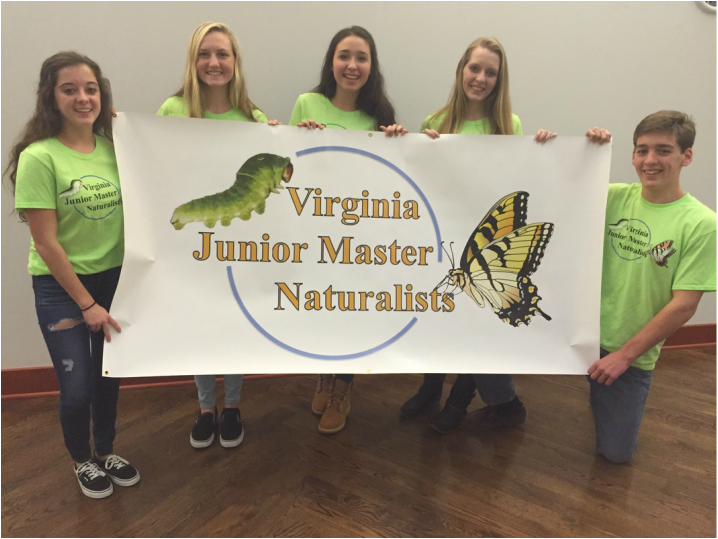
Article and photos submitted by Suzanne Moss and Mariah Helen Moss
Junior Master Naturalists is a recently developed environmental program open to children and teens who would like to expand their environmental science backgrounds as well as acquire skills in preservation, stewardship, and leadership. Junior Master Naturalists is a cutting-edge organization that plans to incorporate high levels of naturalist education into its curriculum, while developing a love for the outdoors.
It is rare in this day and age to find a child that, given the option between a game outside in the sun or an activity in front of an electronic, will choose to partake in outdoor adventures. That is why the adult advisors and Teen Leaders of Junior Master Naturalists take it upon themselves to educate the members as well as encouraging the children and public to allow their fondness of the outdoors to truly flourish.
Children and teens who participate in Junior Master Naturalists are encouraged to allow their love for the outdoors to flourish, educate and learn about nature at a mastery level, and become environmental stewards in the community.
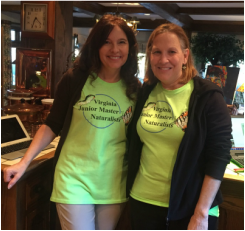 Suzanne Moss (left) developed the Junior Master Naturalist Program concept after many years of leading a nature club for youth, and Jody Ullmann (right) has collaborated with her to develop the idea and bring it to fruition.
Suzanne Moss (left) developed the Junior Master Naturalist Program concept after many years of leading a nature club for youth, and Jody Ullmann (right) has collaborated with her to develop the idea and bring it to fruition.
It all started with a group of ambitious little girls with a love for the outdoors, some green shirts, and a whole lot of time and devotion.
When Mariah Moss, age five, asked her mother if she and her friends could pick up trash in the neighborhood, it seemed like a good idea. Since that first day, when the girls came back with full trash bags, ripped gloves, and smiles on their faces, the organization has flourished into what we now know as Junior Master Naturalists. Over the past ten years, the club’s members have grown in number, the program’s assets appealing to children and their parents because of the variety of experiences, fun, education, and stewardship community service that Junior Master Naturalist has to offer.
The original homespun club, Girls Go Nuts for Nature, has now partnered with 4-H and Virginia Master Naturalists and is centered at the Brock Environmental Center, a building designed to meet the highest environmental standards possible. The building includes natural light, all renewable/solar/wind provided energy, and a myriad of other cutting-edge, environmentally friendly appliances and accommodations. Junior Master Naturalists is now open to girls and boys, as well as a wider age group, offering positions for Youth Members, ages 8-13, and Teen Leaders, ages 14-18.
In JMN’s curriculum, certified adult Master Naturalists will act as advisors to the Teen Leaders as they guide them through the rigorous training and certification process. When we open up the program to the Youth Members on March 20th, 2015, the Teen Leaders will be ready to take on a new responsibility, closely interacting with the children on a personal level, passing down the knowledge that they have acquired in the previous months.
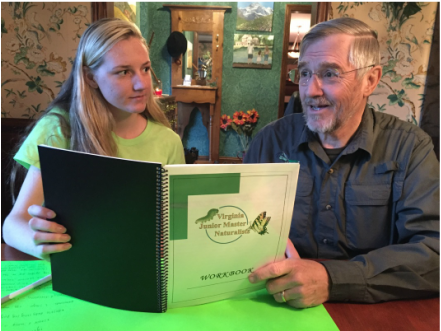 Teen leaders developed the curriculum to use with the youth members, and VMN volunteers met with them to review the content and provide feedback.
Teen leaders developed the curriculum to use with the youth members, and VMN volunteers met with them to review the content and provide feedback.
What does a Junior Master Naturalist do?
A Junior Master Naturalist, whether he or she is part of the Youth Member team or the Teen Leaders, will have opportunities to meet and learn from certified naturalists and the highest level of expertise in the area. JMN offers one-of-a-kind experiences that can’t be found just anywhere.
Youth Members: 8-13 will have fun outdoors, learn about nature, and become environmental stewards.
Teen Members: 14-18 will grow their confidence and leadership skills, while delving deeper into nature-related topic, mastering naturalist kills, and sharing their knowledge with the youth members.
Lesson Plans
After each Teen Leader has completed his or her training, the Teen Leaders will each work individually on creating a thorough, entertaining, and interactive lesson plan based on an assigned topic. Each approved lesson plan will be included in the curriculum; complete with educational songs, puzzles, coloring pages, activities, or anything else that could pique a child or preteen’s interest and make environmental education fun and exciting.
Excursions
Every other month, Junior Master Naturalists will be meeting away from the Brock Center. The lesson plans for that day will either be taught by an expert, certified Master Naturalist or a teen leader in a new environment. We may be learning about bugs at a new site with Entomologist Stuart McCausland, planting wetland grasses at Mount Trashmore with Jody Ullmann, or going on a whale-watching boat. Each excursion will be relevant to the previous lesson plan, allowing the members to utilize what they learned at the last meeting in different scenery with a more hands-on approach.
Trips
Fundraisers and donations will allow Junior Master Naturalists to better the experience of its members. With sponsorships and fulfilled hours of stewardship in the local community, Teen Leaders will be given another opportunity to raise funds. The Teens can then decide where they would like to journey, opening doors for learning and adventuring in a different, not-so-local environment. There are also opportunities for joint Teen and
Youth local expeditions, such as camping or kayaking.
To learn more about the Tidewater Chapter’s Junior Master Naturalist Program, visit http://tidewatermn.org/kids-and-teens/ and and follow them on Facebook at http://www.facebook.com/NatureMattersToUs/.
Junior Master Naturalists Growing in Tidewater Read Post »

